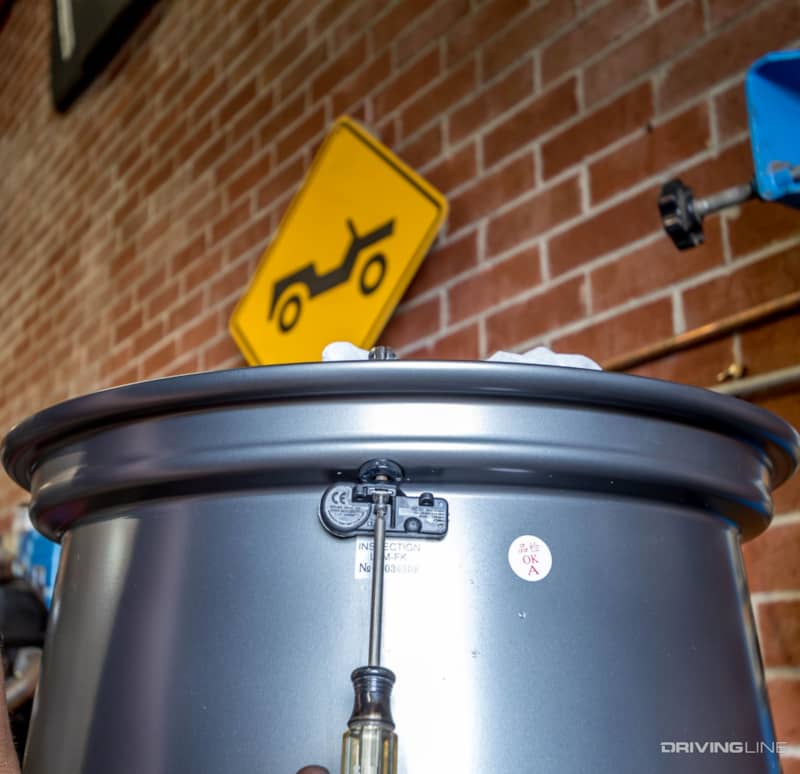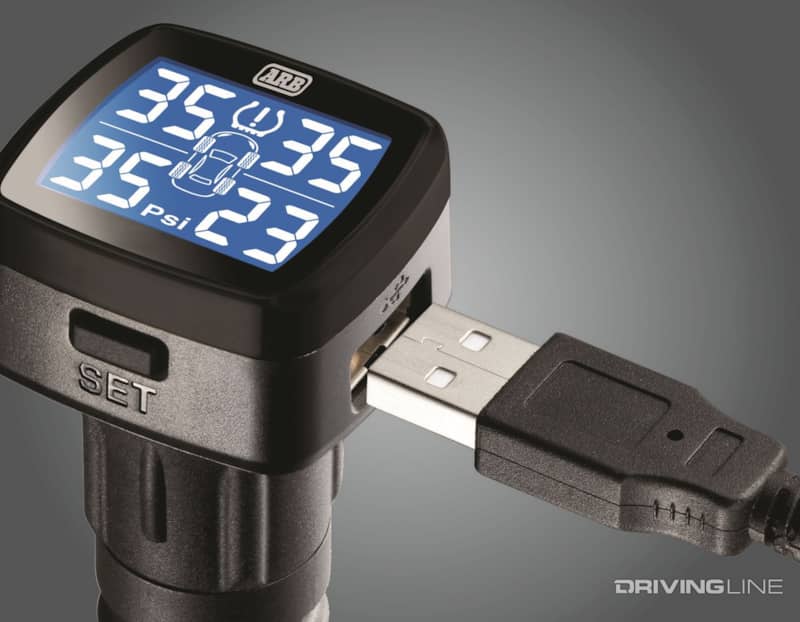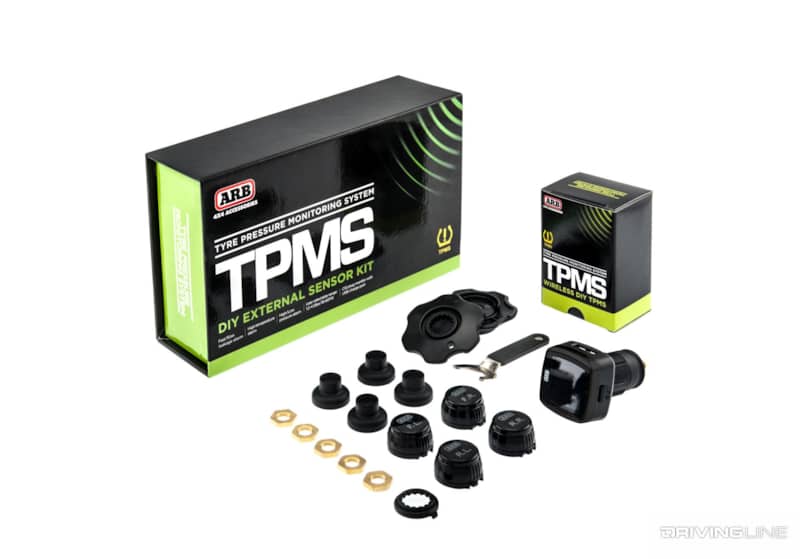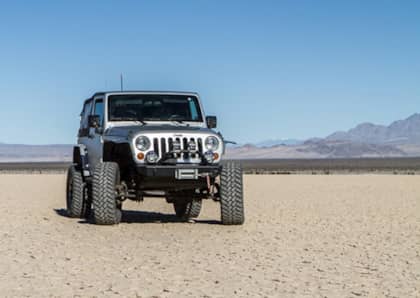Aftermarket TPMS Saves More Than Just Tires
Virtually all new vehicles on dealer lots today are equipped with some sort of tire pressure monitoring system (TPMS). While the systems vary from car to car, they all serve the same purpose of alerting you when a tire (or tires) fall below a factory implemented air pressure number. In some vehicles, such as the 2016 Jeep Wrangler for example, you can see what the tire pressure is in each tire. Most passenger car systems only provide an illuminated warning indicator to alert you that one or more of the tires have fallen below recommend levels.

Considering the fact that one of the leading causes of vehicle accidents is due to low tire pressure, it's no surprise we're now seeing aftermarket manufacturers come on the scene with tire pressure monitoring systems that you can retrofit into older vehicles. These TPMS kits have been an extremely popular add-on for RVs for some time, but we’re seeing more passenger cars and light trucks adapt them as well.
The idea of retrofitting TPMS to an older vehicle might sound a little absurd to some. After all, who wants another electronic nanny in their car? But we think it has a place.

Given that low tire pressure, and sometimes tire damage, isn't always obvious, the up fit of a TPMS system can keep you from being stranded, or worse. The latest tire pressure monitoring system to come to market is from ARB. While most well-known for its front bull bumpers and selectable Air Lockers, ARB is constantly expanding its product line with new and quality components. The ARB system allows you to use your vehicle’s 12V auxiliary port as a hub and digital display for the tire sensors. It even has a USB port so you don’t lose the option of charging devices on the go.

We like the fact that ARB is offering two separate variations of the TPMS system. One allows you to mount the pressure system externally, while the other requires breaking down the wheel and running it internally. Ultimately, both systems are easy to install.











